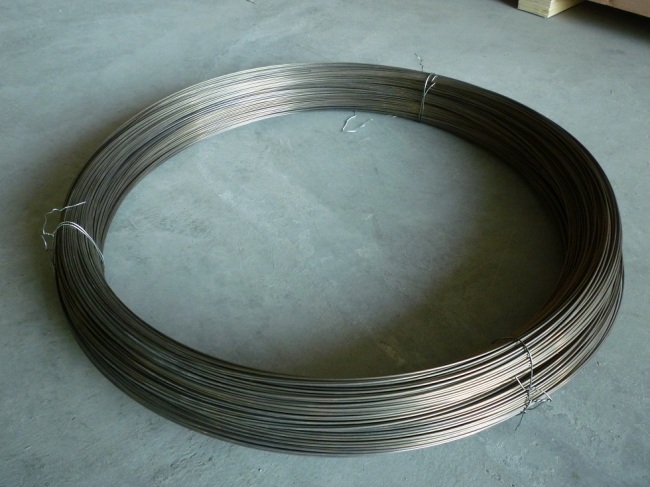You are here: home > Resistance Heating Wire Industrial News > Notes in Desinging Heating Elements
Product (287)
- FeCrAl Alloy Wire (11)
- FeCrAl Alloy Strip (11)
- FeCrAl Alloy Mesh (11)
- Nichrome Wire (11)
- Nichrome Strip (9)
- Nichrome Mesh (10)
- Resistance Wire (131)
- Resistance Strip (20)
- Stranded Resistance Wire (2)
- Cut-Straightened Wire (20)
- Heat Resisting Mesh (20)
- Applications (19)
- Technical Data (12)
Product catalog (4)
Company Certificates (5)
Resistance Heating Wire Industrial News (30)
Applications (30)
Electrical heating elements News (6)
Credit Report
Products Index
Company Info
Heanjia Super-metals Co., Ltd. [China (Mainland)]
Business Type:Manufacturer
City: Beijing
Province/State: Beijing
Country/Region: China (Mainland)
Resistance Heating Wire Industrial News
Notes in Desinging Heating Elements
Notes in Desinging Heating Elements
There are matters that need attention in designing of electrical heating element. The following points have big effect on the performance and working life span of the heating element you designed.
- If accurate wattage is important, test the finished device to determine proper allowance for rise in resistance with temperature.
- Always remember that 1% excess voltage will result in 2% excess wattage.
- If you want the device to draw more power you should reduce the length of the element or increase the diameter of the wire.
- Try to design elements so that they'll be free to expand and contract. If an element must be anchored in any way between terminals, test it out to make sure warpage or "creeping" will not cause trouble in the finished device.
- Welded, brazed or spot-welded joints between elements and terminals are most satisfactory. Pressed or pressure joints may also be used if they are thoroughly tested prior to production.
- If a pressure joint is made, be sure to avoid poor contact caused by stretching or yielding of the clamping device. Remember that it is better to place the element between two nuts rather than clamp it under just one.
- If an element is wrapped around a terminal, do so in a clockwise direction and without over lapping as pressure of the clamping means may be sufficient to cut part way through it.
- Don't design an element for a 115 volt device and then expect to use it for 230 volts, too. Instead, carry on the design with the 230 volt unit in mind from the start. Remember-it is quite difficult to work out a good 230 volt heating element for a small device.
- Don't design a helical coiled element whose ratio of arbor size to wire size is over 10-to-1or less than 2-to-1 unless absolutely necessary. Such coils are very difficult to make.
- If twisted tails are to be used to connect the element to the device, don't cut off the loop at the end because current may flow from the terminal into the loose strand-then into the element, and cause unnecessary trouble.
- Don't make a pressure joint between a heating element and brass-if the brass is apt to be heated up to 300 F. This will cause the zinc to oxidize and form an insulating film.

Pre Page:
Electrical Resistance Heating...
Next Page:
Heating Element Design and Calculation
.gif)


